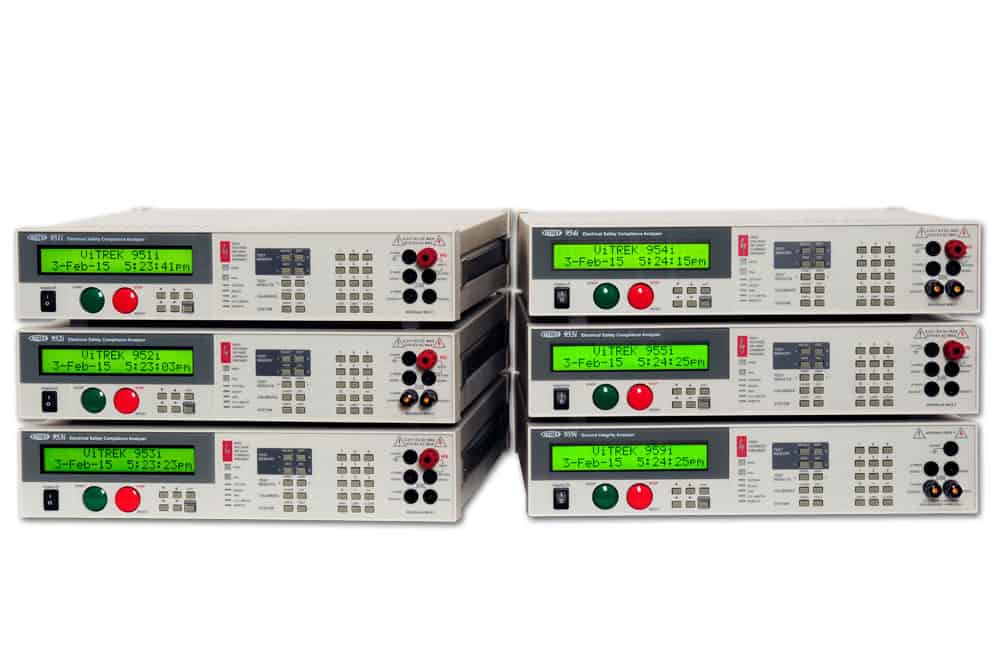Challenges in Testing the New Generation of Fuel Cells
Fuel cell resistance testing, as well as performance and aging tests, can be conducted using energy recovery electronic loads.
The energy recovery electronic load features a single unit input power of 30kW, making it an ideal choice for fuel cell testing. When arranged in parallel, they can reach up to 1.92MW for large-scale testing. The built-in arbitrary waveform generator and function generator, along with wide range input capabilities, provide maximum testing flexibility.
Additionally, due to the energy recovery circuit design, energy loss is extremely low, and over 96% of the energy is fed back to the main power source. This not only saves electricity but also eliminates the need for additional cooling systems.
If you want to determine the performance and characteristics of various fuel cells quickly, easily, and cost-effectively, the bi-directional DC power supply is your ideal choice. It can accurately simulate many fuel cells and their specific characteristics, offering 30kW of power, which can be increased to 1.92MW when connected in parallel. It can also simultaneously simulate particularly powerful or multiple fuel cells.
The bi-directional DC power supply allows for the simulation of different fuel cell characteristics at the push of a button, providing greater test flexibility and lower testing costs. With the variety of features our solution offers, you can test and simulate fuel cells for all common applications, such as industrial trucks, transportation vehicles, long-haul trucks, and emergency generators.
As a bi-directional solution, it can also operate as a load, making it suitable for testing fuel cells. Due to grid regeneration, the absorbed energy can be fed back to the grid with over 96% efficiency.
Solutions
Fuel Cell Stack Performance Test
Simulation of Different VI Characteristics
The polarization and power density curves of a fuel cell stack are common indicators of battery performance. These curves are typically evaluated under optimal operating conditions for the fuel cell stack, including temperature, humidity, electrocatalysis, and ion exchange membranes.
By programming a DC electronic load with different current or resistance configurations, it is easy to obtain these measurements. The XY Table function allows for the uploading of the IV table, enabling the definition of various loading currents at different voltages. This is particularly useful for verifying nonlinear output characteristics.
The EA Elektro-Automatik electronic load series ELR 9000 3U / 9000 HP / 10000 4U provides a broad range of dynamic load testing for fuel cell characteristics.
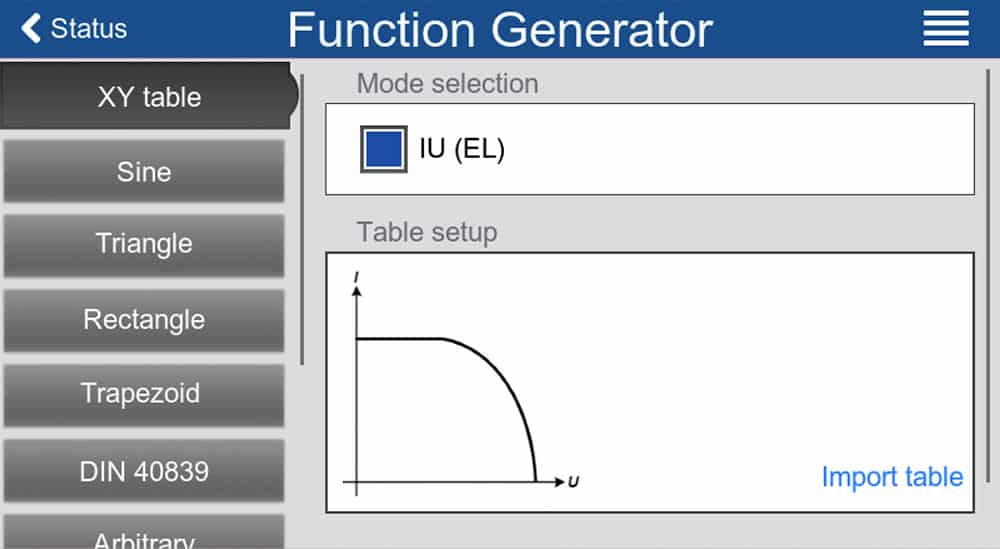
Durability Test and Aging Test
Fuel cells, as active energy sources in various applications, consistently require durability testing to ensure product safety and stability. Generally, automotive standards necessitate 5,000 hours (approximately 7 months), while fixed storage applications may demand over 10,000 hours. To shorten the lengthy durability testing time, step and triangular potential cycles are commonly employed. However, for a typical 100 kW fuel cell stack system, this still represents a significant testing cost.
To utilize energy more effectively, an increasing number of fuel cell testing stations are equipped with possibly regenerative DC electronic loads, which allow energy to be fed back into the grid, thereby offsetting testing costs for manufacturers.
Additionally, users can leverage internal function generators to perform accelerated test curves (step or triangular). The discharge testing feature can also provide accumulated energy measurement results.
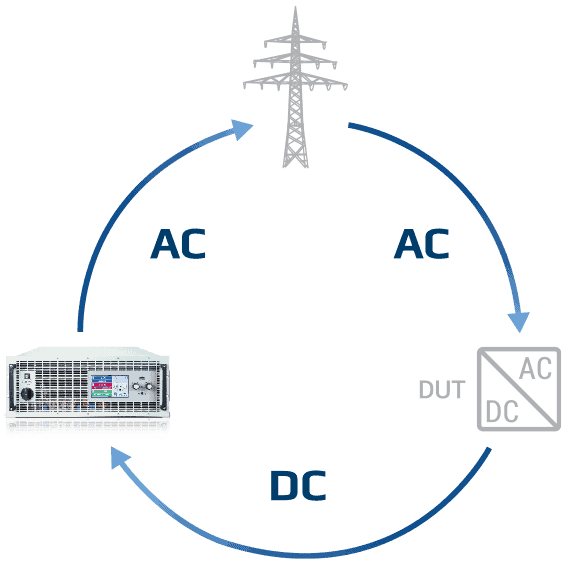
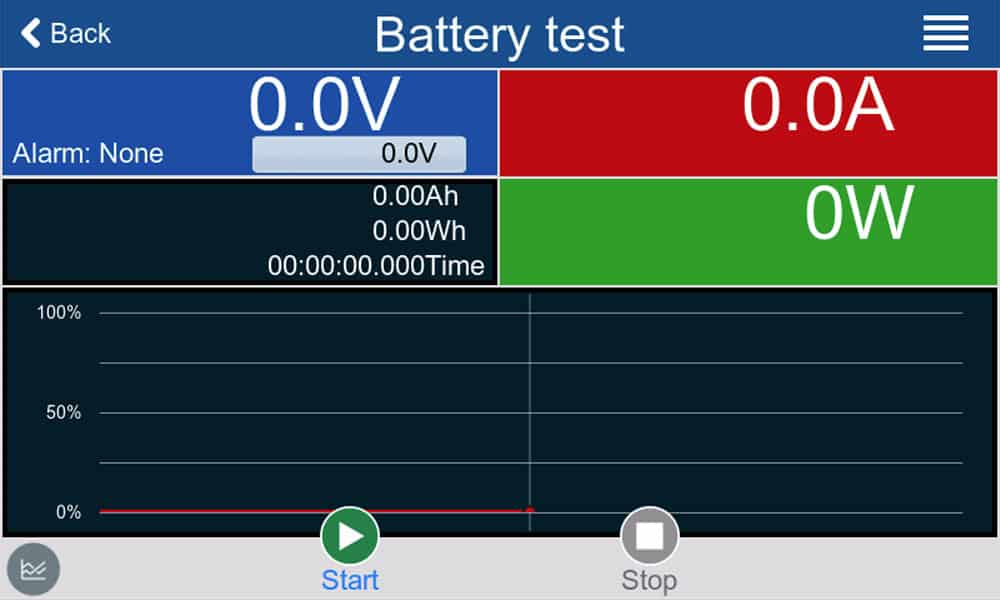
Accumulated Ah / Wh measurement
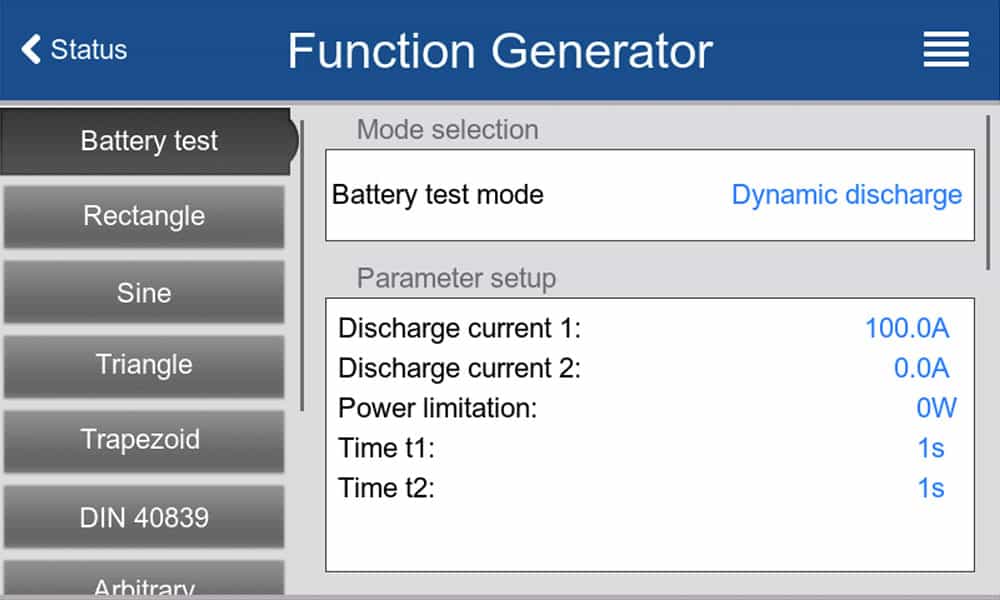
Dynamic Discharge Function
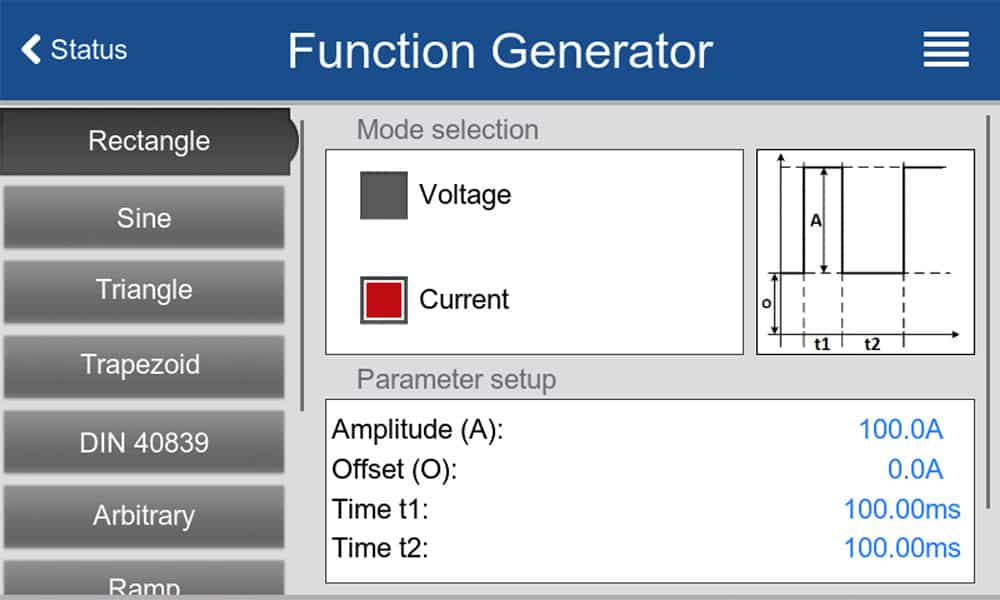
Rectangle profile
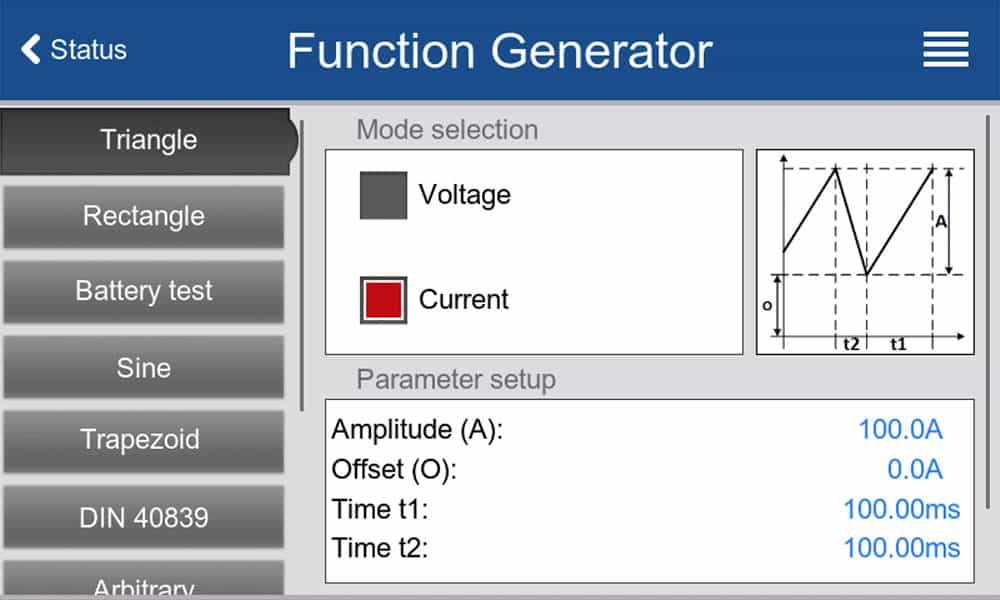
Triangle profile
Challenges of Fuel Cell Testing
Series Testing
According to current industry applications, most fuel cell stacks operate within a range of 500V to 750V. If you want the flexibility to meet high voltage and high current testing requirements, EA Elektro-Automatik has now launched a new optional accessory — a series connection box, allowing customers to configure devices in parallel (for higher current) or in series (for higher voltage).
Ultra-Low Minimum Load Voltage
Typically, the operating voltage of a single fuel cell is below 1.5V. Raising current under low voltage conditions has always been a daunting challenge for electronic loads. EA Elektro-Automatik now offers electronic loads with a testing range of up to 1000A and ultra-low voltage capabilities.

Two 750V fuel cells in series.

Three 750V fuel cells in series
High-Voltage and High-Current Measurement Support by Power Analyzers
The Vitrek PA900 is a stand-alone, 4-channel power analyzer designed for testing power module performance and recording parameter variations. Its high-voltage module (Voltage K module of the PA920) enables voltage measurements up to 1625 Vrms.
The Vitrek PA900 power analyzer can be used with ultra-high precision current sensors, easily handling currents of 3000A or greater. Its ppm-level accuracy significantly improves the precision of power parameter measurements and calculations.
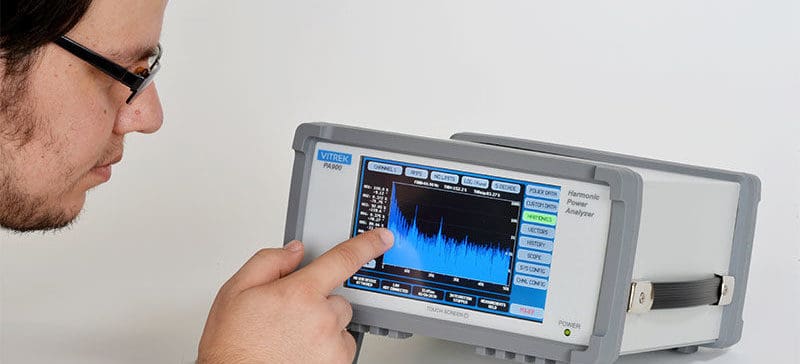
Electrical Safety Testing — Hipot Testers / Electrical Safety Analyzers
Traditional hipot testers sometimes fall short of meeting the safety testing requirements for fuel cell components. Higher insulation resistance measurements or high-current DC hipot testing are often necessary.
The Vitrek 95x Electrical Safety Testing Series offers enhanced output capabilities, including DC hipot testing up to 15kVdc or 50mA, and insulation resistance measurements up to 2Tohm.
